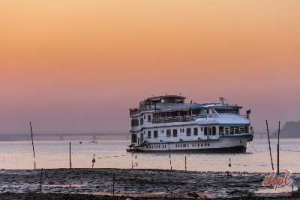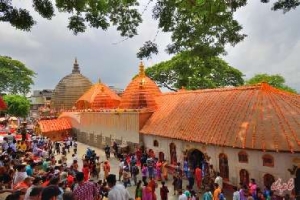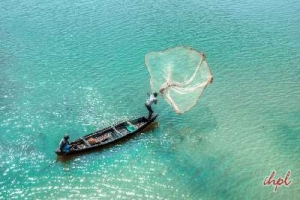Manas National Park is one of the most famous tourist destinations in North India. The only Tiger Project in Assam, Manas is one of India’s most magnificent National Parks. It is positioned on the bank of the river Manas at the foothills of the Himalayas. It is a renowned World heritage site with its exclusive blend of picturesque beauty and exceptional wealth of wildlife. Extended over an area of 519.77 Sq. Kms, it has a core area of 360 Kms and is located in Barpeta District
Manas Tiger Reserve:
This sole tiger reserve in the north east of India was shaped in 1973, with Manas as itscenter. Meanwhile, the Manas National Park was created in 1928. Before that, the area was a Reserved Forest (R.F.) known as Manas R.F. and North Kamrup R.F. The place was actually the hunting ground of the Raja of Gauripur and the Cooch-Bihar Royal Family. The reserve was later extended by two successive additions in 1951 and 1955 by including the entire North Kamrup R.F. and the Manas R.F. Later the Kahitama R.F., the Kokilabari R.F. and the Panbari R.F. were added and the area was confirmed as Manas National Park in 1990.
According to the Decision Text by the World Heritage Committee:
The World Heritage Committee,
- Having examined Document WHC-06/30.COM/7A;
- Recalling Decision 29 COM 7A.9, adopted at its 29th session (Durban, 2005);
- Commends the State Party, local authorities, NGOs and the Bodo Territorial Council for the considerable efforts made to improve the state of conservation of the Manas National Park and to help meet the benchmarks set by the Committee, and for submitting an updated progress report;
- Encourages the State Party and local authorities to fully implement all recommendations of the joint 2005 UNESCO/IUCN mission;
- Requests the State Party to provide the World Heritage Centre and IUCN as soon as possible with the results of the comprehensive wildlife survey, in particular the status and trends of the tiger, rhino, elephant and swamp deer populations in the property;
- Further requests the State Party to provide the World Heritage Centre with an updated report by 1 February 2007 on the state of conservation of the property, specifically on progress made in relation to the benchmarks set by the Committee for the removal of the property from the List of World Heritage in Danger, along with the timeframe for their achievement, as well as progress made on implementing the recommendations of the joint 2005 UNESCO/IUCN mission, for examination by the Committee at its 31st session in 2007;
- Decides to retain Manas National Park (India) on the List of World Heritage in Danger.
Manas Tour Packages
List Of Popular Wildlife Sanctuaries In East India
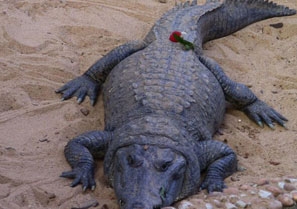 Nandan Kanan Wildlife Sanctuary
Nandan Kanan Wildlife Sanctuary 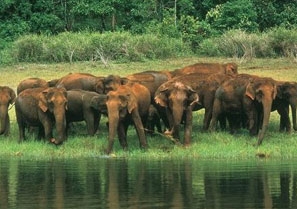 Hazaribagh Wildlife Sanctuary
Hazaribagh Wildlife Sanctuary 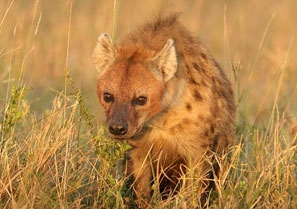 Ambapani Sanctuary
Ambapani Sanctuary 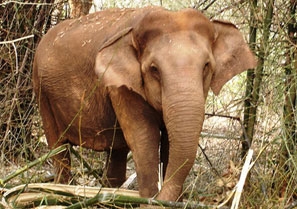 Simlipal Wildlife Sanctuary
Simlipal Wildlife Sanctuary  Badarama Wildlife Sanctuary
Badarama Wildlife Sanctuary 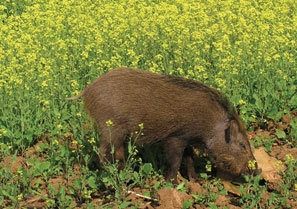 Baisipalli Wildlife Sanctuary
Baisipalli Wildlife Sanctuary  Balukhand Wildlife Sanctuary
Balukhand Wildlife Sanctuary 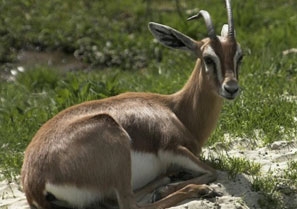 Belghar Wildlife Sanctuary
Belghar Wildlife Sanctuary 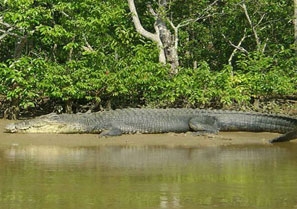 Bhitarkanika Wildlife Sanctuary
Bhitarkanika Wildlife Sanctuary 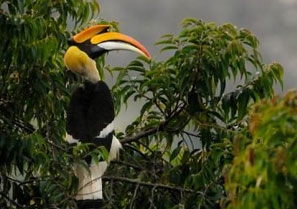 Bura-Chapuri Wildlife Sanctuary
Bura-Chapuri Wildlife Sanctuary 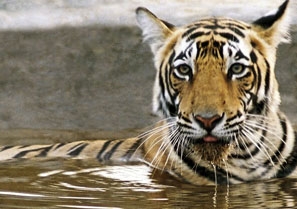 Chandaka Wildlife Sanctuary
Chandaka Wildlife Sanctuary 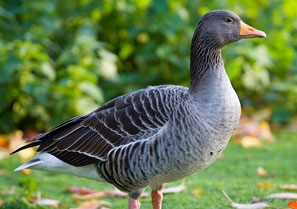 Debrigarh Wildlife Sanctuary
Debrigarh Wildlife Sanctuary 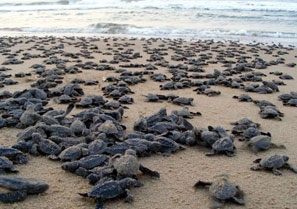 Gahirmatha Turtle Sanctuary
Gahirmatha Turtle Sanctuary 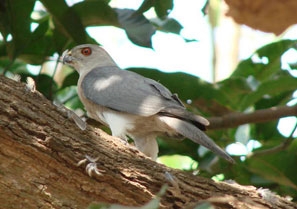 Karlapat Wildlife Sanctuary
Karlapat Wildlife Sanctuary 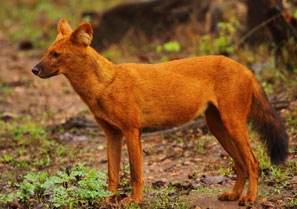 Khalasuni Wildlife Sanctuary
Khalasuni Wildlife Sanctuary 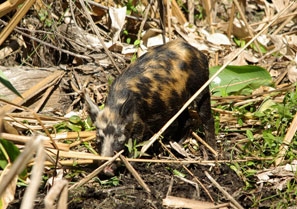 Kotagarh Wildlife Sanctuary
Kotagarh Wildlife Sanctuary 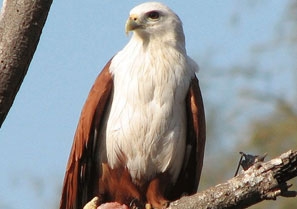 Kuldiha Wildlife Sanctuary
Kuldiha Wildlife Sanctuary 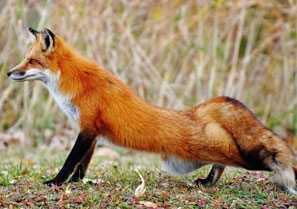 Lakhari Valley Sanctuary
Lakhari Valley Sanctuary 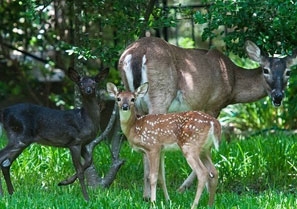 Laokhowa Wildlife Sanctuary
Laokhowa Wildlife Sanctuary 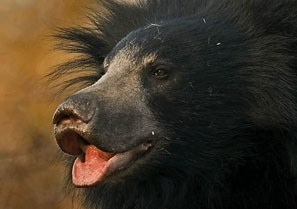 Pabha or Milroy Sanctuary
Pabha or Milroy Sanctuary 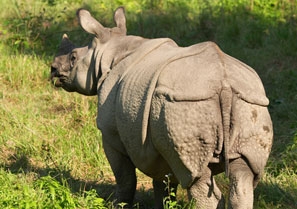 Pabitora Wildlife Sanctuary
Pabitora Wildlife Sanctuary  Padmatala Wildlife Sanctuary
Padmatala Wildlife Sanctuary 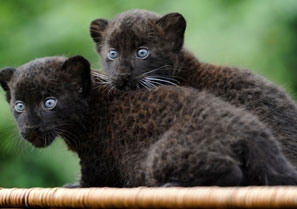 Satkosia Basipalli Sanctuary
Satkosia Basipalli Sanctuary 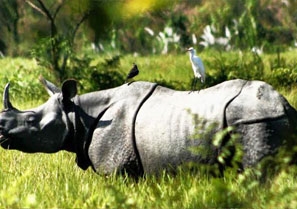 Sonai Rupai Wildlife Sanctuary
Sonai Rupai Wildlife Sanctuary 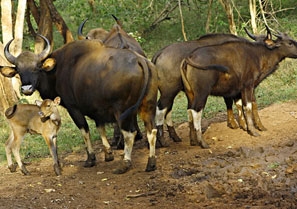 Sunabeda Wildlife Sanctuary
Sunabeda Wildlife Sanctuary 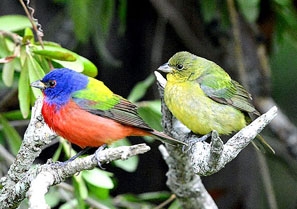 Tikarpada Wildlife Sanctuary
Tikarpada Wildlife Sanctuary 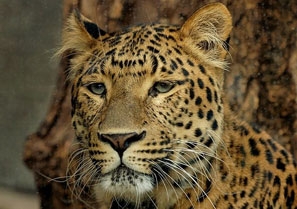 Ushakothi Sanctuary
Ushakothi Sanctuary



